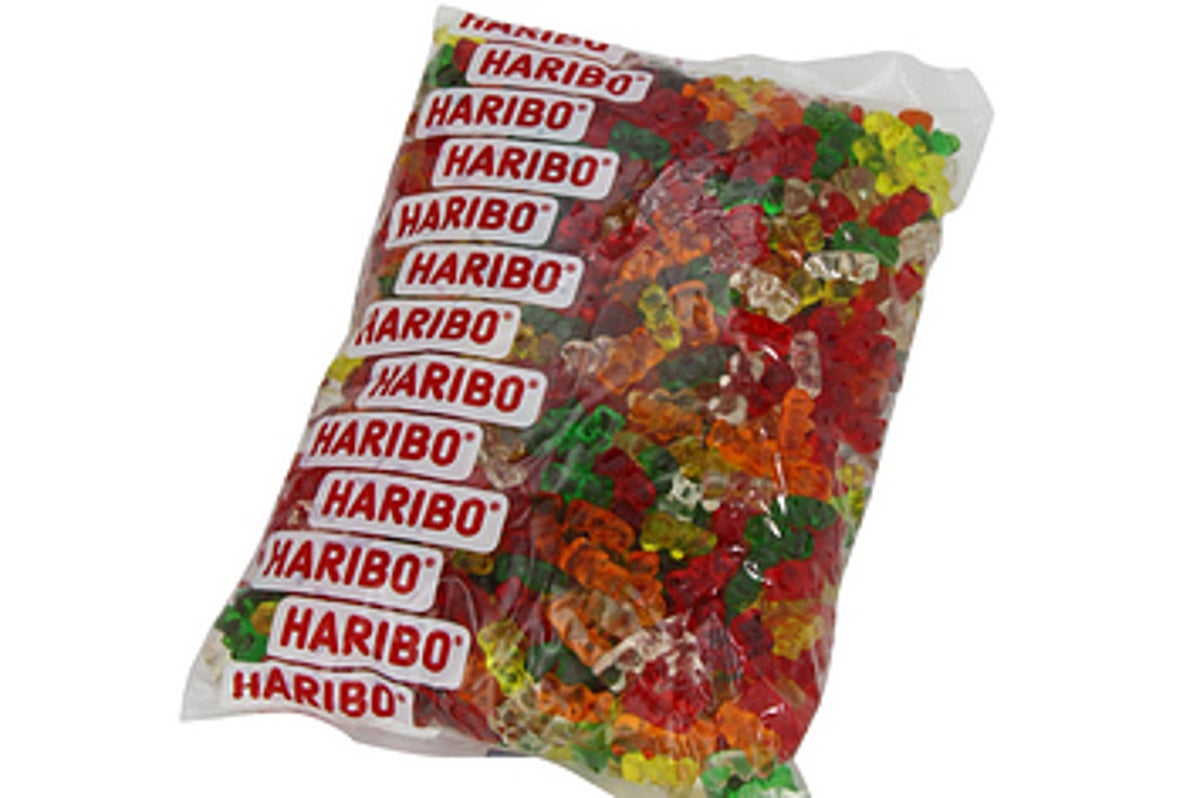Sugar-free gummy bears, particularly the well-known Haribo brand, captivate consumers with their promise of guilt-free indulgence. But as many who venture into the world of these chewy treats soon discover, the reality can be quite different. With numerous reviews flooding Amazon, the narrative ranges from euphoric praise to downright horror. In this article, we will explore these contrasting perspectives, analyze what consumers truly think about sugar-free gummy bears, delve into health implications, and ultimately reflect on self-love and balance through mindful eating.

amazon review sugar free gummy bears
Understanding Sugar-Free Gummy Bears: What’s in a Bear?
Sugar-free gummy bears are often marketed as a healthier alternative to their sugary counterparts. They are typically sweetened with sugar alcohols like sorbitol and xylitol, which contribute fewer calories and a lower glycemic index. Renowned nutritionist Dr. Lisa Young emphasizes, “While sugar-free options can be appealing for those managing their weight or blood sugar, it is essential to be mindful of sugar alcohols, which may cause gastrointestinal discomfort in some individuals.” This caution is echoed throughout countless reviews that detail unpleasant experiences associated with overeating these gummy delights.
Consumer Reviews: Delight and Discomfort
Positive Experiences: Flavor That Packs a Punch
Interestingly, many reviewers highlight the satisfying taste of Haribo’s sugar-free gummy bears. For instance, one enthusiastic reviewer stated, “These gummy bears tasted just like the regular ones. I was a happy camper!” This sentiment isn’t isolated; multiple experts, including Chef Emeril Lagasse, have noted that the flavor quality in sugar-free candies continues to improve significantly in recent years, making them a preferable alternative for those on low-sugar diets.
The Other Side: A Sour Experience
Conversely, the warnings come flooding in. Another reviewer dramatically remarked, “See you in hell, Haribo Sugar-Free Gummy Bears.” Such vivid depictions stem from reports of severe gastrointestinal distress, often likened to a “sugar-free massacre.” Nutritionist and wellness coach Jessie Pavelka weighs in on this phenomenon: “When sugar alcohols are consumed in excess, they can have a laxative effect, leading to discomfort that no one anticipates when indulging in a ‘healthy’ treat.”
Health Implications: Are They Worth the Risk?
Health revolves around moderation and self-awareness. It is crucial to understand that although sugar-free gummy bears may serve as a low-calorie option, they can also pose risks to digestive health, particularly when eaten without restraint. Dr. Young advises, “Always read the serving size and consider not just the calories, but how the components can affect your body.” For those prone to digestive issues, alternatives without sugar alcohols might prove a wiser choice.
Expert Opinions on Consumption Practices
Influential voices in wellness, like Dr. Andrew Weil, argue that mindful consumption is essential for maintaining a healthy relationship with food. He asserts, “When indulging in treats, understanding your body’s signals is key. If you notice discomfort after specific foods, like sugar-free gummy bears, it’s a good indicator to reconsider how much you consume.” This approach encourages consumers to find a balance, especially when navigating the world of sugar-free treats.
Promoting Self-Love and Balance in Treat Consumption
As we dive deeper into these experiences, the overarching theme is a delicate balance between enjoyment and health. Embracing a mindset of self-love can help guide us as we navigate dietary choices. Nutritionist Rachael O’Meara encourages individuals to “celebrate food as a source of joy and nourishment, rather than viewing treats as forbidden or sinful.”
Finding Alternatives That Satisfy
For those seeking a healthier snacking route without the gastrointestinal repercussions, consider exploring other sugar-free treats that don’t utilize sugar alcohols, or opt for naturally lower-sugar candies. Additionally, engaging in homemade recipes allows for greater control over ingredients and sugar content, promoting wellness while still indulging in festive flavors.
FAQ: Common Questions about Sugar-Free Gummy Bears
1. Are sugar-free gummy bears safe to eat?
While they can be a safer option for some, excess consumption may lead to digestive distress due to sugar alcohols. Always observe your body’s response and consume in moderation.
2. Can I eat sugar-free gummy bears on a ketogenic diet?
Yes, sugar-free gummy bears can be suitable for a ketogenic diet, but ensure you account for any additional carbohydrates contributed by sugar alcohols.
3. What are the side effects of consuming sugar-free gummy bears?
Common side effects include bloating, gas, and diarrhea, particularly when consumed in large quantities due to the use of sugar alcohols.
4. How can I incorporate treats without compromising my health?
Mindful eating is vital. Choose treats wisely, listen to your body’s cues, and prioritize quality over quantity where possible. This approach fosters a healthy relationship with food.
5. Are there healthier alternatives to sugar-free gummy bears?
Yes! Opt for natural fruit-based snacks, dark chocolate, or homemade versions of gummy treats using real fruit puree and natural sweeteners.
In conclusion, sugar-free gummy bears symbolize both joy and caution in the candy realm. While they offer a tantalizing taste experience, consumers must navigate their consumption mindfully, embracing a balanced approach to health and wellness. In the end, celebrating the sweetness of life—both in candy and self-love—remains the ultimate goal.